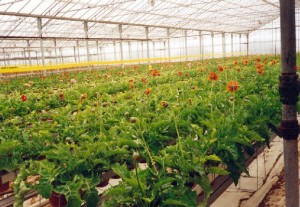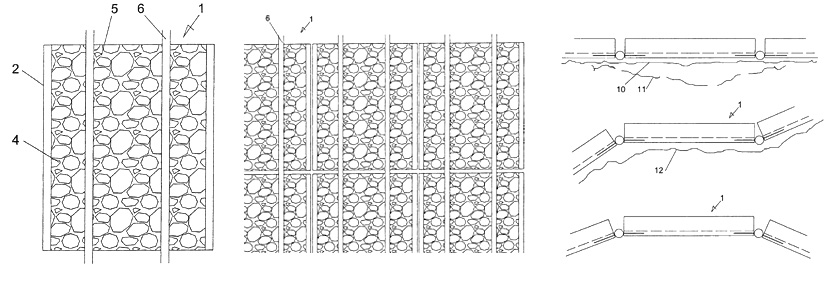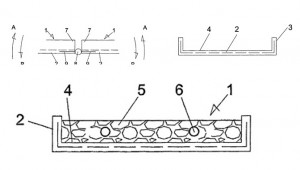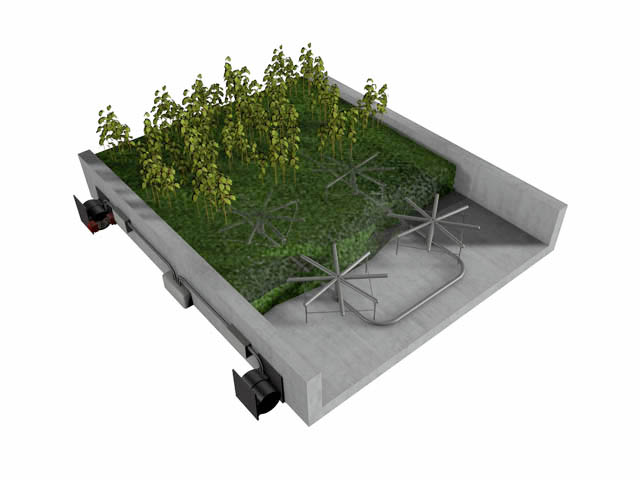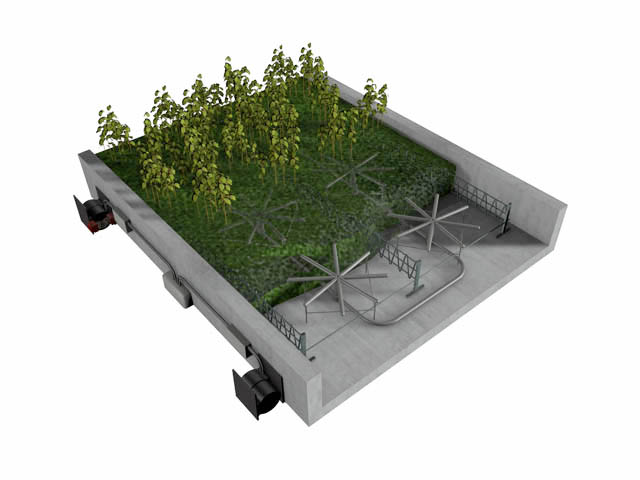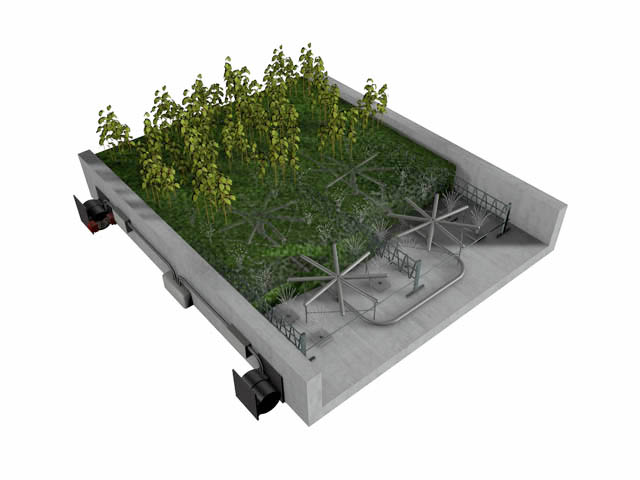A TECHNOLOGY OVER 2500 YEARS THE FUTURE TARGETS
Hydroponic cultivation of plants without soil has developed from discoveries made in the experiments carried out to determine what substances make plants grow, and the composition of them.. This work on the constituents of the plant started back around 1600, however, plants were grown without earth long before this. The hanging gardens of Babylon, the floating gardens of the Aztecs in Mexico, and of imperial China are examples of hydroponics, there are also hundreds of Egyptian hieroglyphs years. de C. C. describing the cultivation of plants in water.
Before the days of Aristotle, Theophrasto (372-287 a. BC) conducted several tests of plant nutrition, and botanical studies dating from the s Dióscores. I a. Ia. de C. C. This principle was later found by Boussingault (1851), French chemist who in his essays with plants grown in sand, quartz and charcoal added a chemical solution of given composition, concluding that water was essential for growth plant to supply hydrogen, and that the plant dry matter was composed of carbon and hydrogen plus oxygen coming from the air, also noting that plants contain hydrogen and other elements.
Other research had shown at that time that the plants could be grown in an inert medium moistened with an aqueous solution that contained the minerals required by plants. The next step was to completely eliminate the growing medium and plants in the solution containing these minerals, the latter was achieved by two German scientists, Sachs (1860) and Knop (1861), which was the origin of nuticulture, being used even Today similar techniques in laboratory studies of physiology and plant nutrition.
Conclusion: The technology of growing plants hydroponically data for a 2500 years old and has been refined in terms of nutrition in the past centuries, it is therefore logical to conclude that the use of the widely proven technology pernicious Biochemical pesticides and GM can respond exclusively a partisan and not very focused on the common good.
SUMMARY
Comparison of forage production co hidropóni corn, rice and black sorghum. The research was conducted at the Experimental Station "Alfredo Volio Mata" at the University of Costa Rica during the month of August 2006, which evaluated three forages (Zea mays, Sorghum and Oryza sativa almun) under a hydroponic production system pro . The increased production of fresh biomass (21.65 kg/720 cm2) was given for sorghum which in turn manifest festo a higher concentration of crude protein (10.47%). The rice turned out to be the species with dry matter content (15.82%) and ash (9.17%) higher, while corn had the highest fiber quality. With these results we can conclude that hydroponic production systems represent an alternative for growing fast and simple of fodder during the bad times.
Cattle production systems underpinning their eating habits in the forage component, ele ment that is considered the least-cost input through which you can meet much of the nutritional demands of produc tion in animals (Fumagalliy Kunst 2002).
There is an interdependence between the ground as a means of supporting radical crop, pasture as a source of food and animal component, conjugated fac tors that determine the complexity of livestock farming systems, and require longer times to check the response to any change that will bring supply Jera lining according to the demands of the farm (De Leon 2004).
Despite the forage production systems have been undergoing conventional difficulties marked by serious difficulties the current situation cuario agricul sector, the strong growth in the rate of urbanization.
Factors have been responsible for moving livestock farms has reduced ence areas where forage production potential (Fernandez, cited by Pezo et al. 1996).
In addition to the above, the need to enhance and improve the efficiency of animal production practices in a sustainable manner, the increased demand for food products, expanding the agricultural frontier and livestock, soil erosion and pollution water, the seasonal growth of pasture due to the nationality of the rains, are some of the factors that have directed research towards the search for alternative methods of food production (Money 2005, Rotate 2006).
As an important alternative, the epic production of fodder green hydroponics, which is a production technology debiomasa obtained from the initial growth of plants in the states of germination and early seedling growth from viable seeds (FAO2001).
